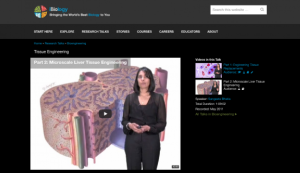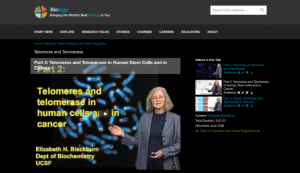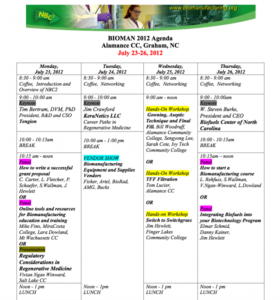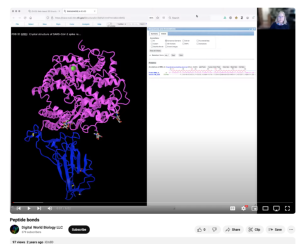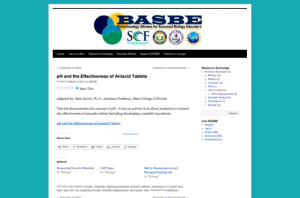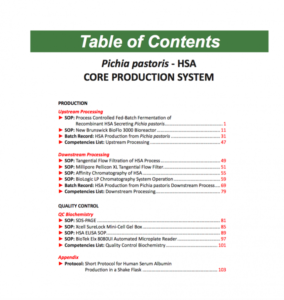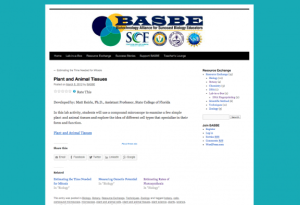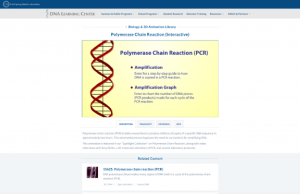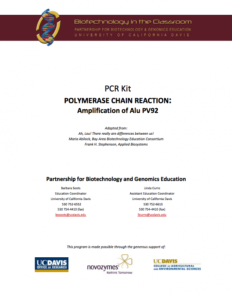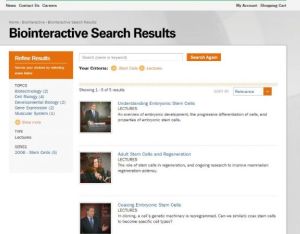Browse Resources
Resources | |
|---|---|
This lecture from the iBioSeminars project is presented by Sangeeta Bhatia from the Massachusetts Institute of Technology and the Howard Hughes Medical Institute covers research from Bhatia's lab to develop an implantable, engineered liver. She explains the challenges of co-culturing hepatocytes and...
This lecture from the iBioSeminars project is presented by Elizabeth Blackburn from the University of California, San Francisco Department of Biochemistry and Biophysics. It covers telomerase, a specialized ribonucleprotein reverse transcriptase, important for long-term eukaryotic cell proliferation...
The Northeast Biomanufacturing Center and Collaborative (NBC2) provides this resource, which includes materials from their 2008-2012 BIOMAN Conferences. The conferences, held at various institutions throughout the United States, consisted of presentations from industry speakers, workshops, and...
This video, provided by Digital World Biology, is from a series of tutorial videos for iCn3D, a web-based three-dimensional visualization and structural analysis platform for molecular structures. In this video, presenter Sandra Porter provides step-by-step instructions on how to view peptide bonds...
This lab activity from the Biotechnology Alliance for Suncoast Biology Educators (BASBE) demonstrates the concept of pH. It has an activity that allows students to evaluate the effectiveness of antacid tablets including developing a testable hypothesis. The lesson includes background information on...
The Northeast Biomanufacturing Center and Collaborative (NBC2) has created four laboratory manuals provided as downloadable pdfs. The Pichia pastoris - HSA Core Production System laboratory manual is 108 pages; it includes standard operating procedures, batch records, and competencies lists related...
In this lab activity from the Biotechnology Alliance for Suncoast Biology Educators (BASBE), students will use a compound microscope to examine a few simple plant and animal tissues and explore the idea of different cell types that specialize in their form and function. Students then submit a set of...
Polymerase chain reaction (PCR) enables researchers to produce millions of copies of a specific DNA sequence in approximately two hours. This automated process bypasses the need to use bacteria for amplifying DNA. This animation from Cold Spring Harbor Laboratory's Dolan DNA Learning Center presents...
From the University of California, Davis, Partnership for Plant Genomics Education, this biotechnology laboratory is an eight-day activity in which students take samples of their own DNA from the lining of their mouths and use "a powerful molecular biology technique, Polymerase Chain Reaction, to...
This lecture series, from the Howard Hughes Medical Institute Biointeractive project, features the following lectures: "Understanding Embryonic Stem Cells," "Adult Stem Cells and Regeneration," "Coaxing Embryonic Stem Cells," and "Stem Cells and the End of Aging." Each lecture, available in Flash...
| |
| ← Previous | Next → |
